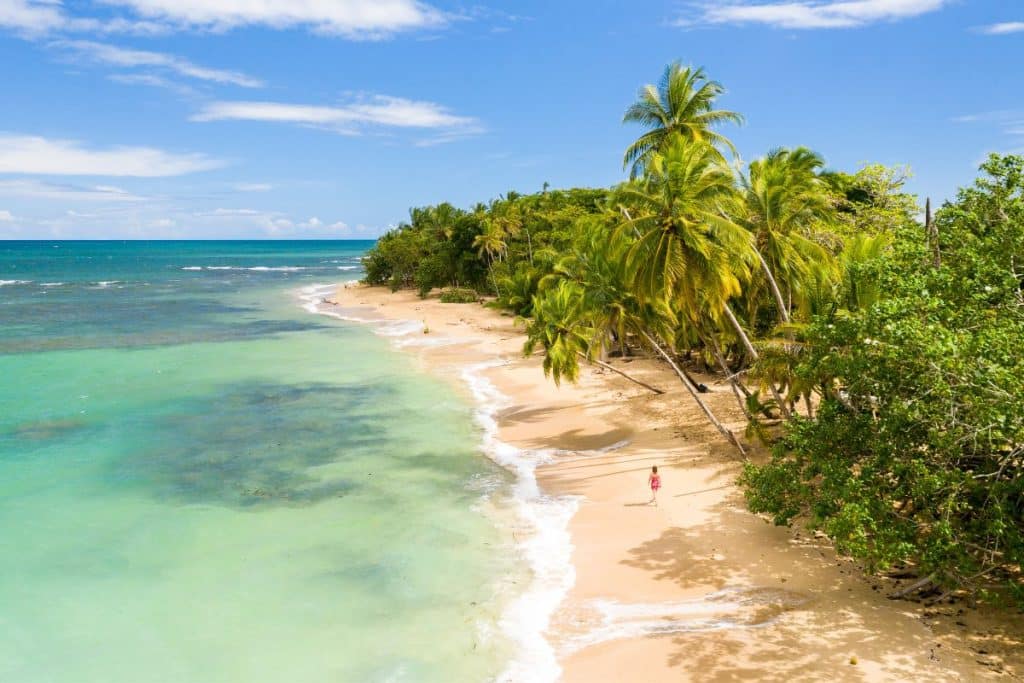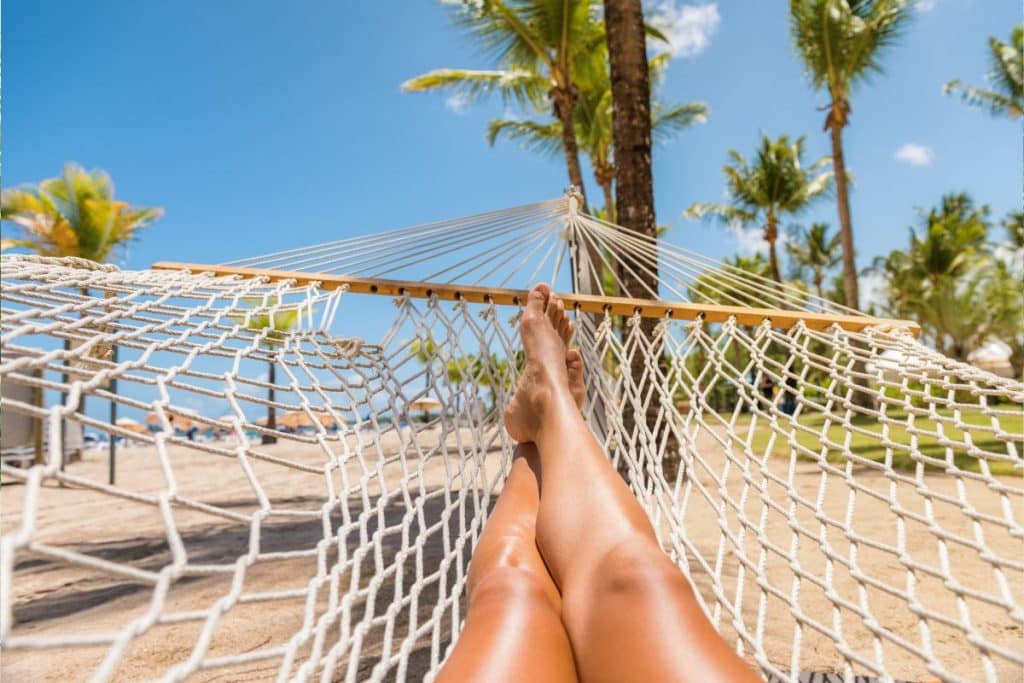Experts in Costa Rica have warned residents and visitors to take precautions against a looming heat wave expected to hit the country in the coming months. According to a recent statement from the National Meteorological Institute (IMN), Costa Rica will experience elevated temperatures and intense ultraviolet (UV) radiation between March and April.
What to expect
IMN climatology expert Daniel Poleo explained that the position of the sun in March and April will cause the sun’s rays to shine more directly down over Costa Rica. This phenomenon, known as the ‘Zenithal Sun’, leads to greater solar intensity and worsens the feeling of heat.
Although the Easter holidays are usually accompanied by high temperatures, Poleo emphasized that “this year it will be even more intense.” He said that Costa Rica specifically will experience an influx of perpendicular UV rays and increased radiation levels from March 15 to April 15.
Peak hours and risk areas
UV rays tend to reach their peak intensity between 10 a.m. and 2 p.m. Poleo noted that while UV intensity does not directly correlate with rising temperatures, radiation will still reach extreme levels. That’s why he recommends avoiding sun exposure during peak hours. During this time, the changing tilt of the Earth’s axis means that shadows will be virtually unnoticeable.
Contrary to popular belief, coastal areas do not experience the worst radiation. Places like the Central Valley and mountainous regions exhibit higher UV indices due to their elevation. Meanwhile, the lower elevation of the beaches causes the radiation intensity to decrease.
Areas such as the Irazú and Poás volcanoes deserve extra protection against UV radiation. In addition to radiation concerns, temperatures could exceed 40°C (104°F) in the coming months.
Precautionary measures
In light of these predictions, Costa Rican officials advise all residents and visitors to take proper precautions against heat and UV exposure for the next two months. Recommendations include:
- Regularly use sunscreen with a high SPF
- Limit direct sunlight between 10 a.m. and 2 p.m
- Wearing protective clothing to cover bare skin
- Monitor local weather warnings
Proactivity is the key to safety during this expected extreme heat wave. Without proper precautions, people are at risk of severe sunburn, heat illness and an increased risk of skin cancer.
Compounding Effect – US travel advisory

The heat wave warning comes after the US State Department advised US citizens to do so exercise increased caution when traveling to Costa Rica because of crime rates. Although violent crimes such as armed robbery, murder and assault remain relatively uncommon, petty crimes still pose the greatest danger to tourists. To combat this, Costa Rican officials have beefed up security measures around popular tourist destinations.
Despite warnings of intense heat, UV rays and petty crime, Costa Rica remains one of Central America’s most breathtaking countries to explore. By taking proper safety measures and avoiding peak sun hours, visitors can still experience all the natural wonders and Pura Vida lifestyle that makes Costa Rica such a prized global destination. As with any trip abroad, exercising vigilance will ensure peace of mind in the midst of a truly life-enriching experience.




